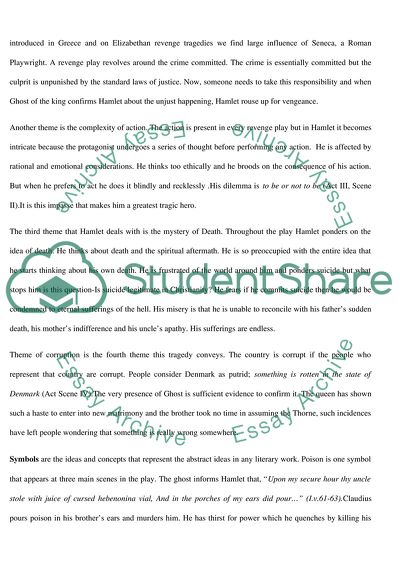Cite this document
(Interpretation of Hamlet Term Paper Example | Topics and Well Written Essays - 1750 words - 1, n.d.)
Interpretation of Hamlet Term Paper Example | Topics and Well Written Essays - 1750 words - 1. Retrieved from https://studentshare.org/performing-arts/1752248-interpretation-of-hamlet
Interpretation of Hamlet Term Paper Example | Topics and Well Written Essays - 1750 words - 1. Retrieved from https://studentshare.org/performing-arts/1752248-interpretation-of-hamlet
(Interpretation of Hamlet Term Paper Example | Topics and Well Written Essays - 1750 Words - 1)
Interpretation of Hamlet Term Paper Example | Topics and Well Written Essays - 1750 Words - 1. https://studentshare.org/performing-arts/1752248-interpretation-of-hamlet.
Interpretation of Hamlet Term Paper Example | Topics and Well Written Essays - 1750 Words - 1. https://studentshare.org/performing-arts/1752248-interpretation-of-hamlet.
“Interpretation of Hamlet Term Paper Example | Topics and Well Written Essays - 1750 Words - 1”, n.d. https://studentshare.org/performing-arts/1752248-interpretation-of-hamlet.


